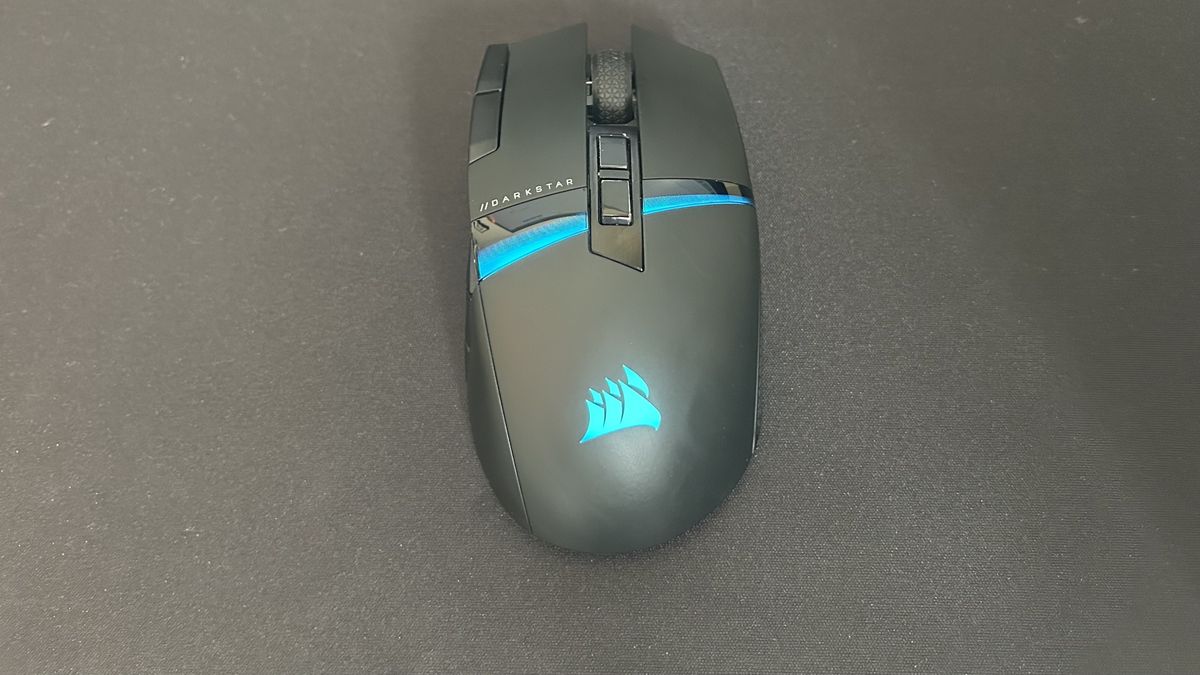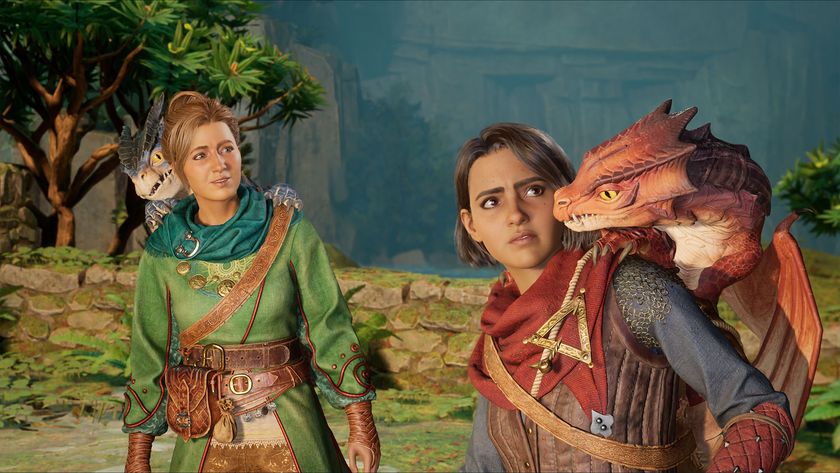12DOVE Verdict
The Corsair Darkstar Wireless is an MMO mouse packed with intuitive extra features. From its unique control-focused side button panel to reliable tilt gesture controls, there's plenty for genre fans to love here. However, the speed and comfort also make for excellent versatility across your full library.
Pros
- +
Clean, subtle aesthetic
- +
Comfortable form factor
- +
Plenty of control from grippy side panel
- +
15 programmable inputs
- +
Intuitive and reliable tilt controls
Cons
- -
Rear side buttons are harder to hit
- -
Takes some getting used to
- -
iCue isn't the easiest software on the market
- -
Lower battery life compared to competition
Why you can trust 12DOVE
The last MMO / MOBA mouse Corsair released was the Scimitar Elite RGB. Things have moved on since that 2020 model, though, and the brand is looking to reinvent these button-heavy pointers with the new Darkstar Wireless. At first glance, this looks nothing like the keypad laden Scimitar - it looks nothing like an MMO mouse at all. With 15 programmable inputs and a six-button cluster on the left flank show that this means business, though.
There's plenty of tech packed into this new flagship, so while the $169.99 / £149.99 MSRP is lofty, it feels justified in the right hands. Boasting a super responsive sensor, uniquely comfortable form factor, and an abundance of additional control features, there's plenty to dig into here. I took the Corsair Darkstar Wireless out for a spin to see just where it lands among the best gaming mouse options on the market.
| Price | $169.99 / £149.99 |
| Connection | 2.4GHz / Bluetooth / Wired |
| Shape | Right-handed |
| Programmable buttons | 15 |
| DPI | 26,000 |
| IPS | 650 |
| Switches | Omron |
| Weight | 96g |
Design
I'm getting a little too used to FPS-first mice, so picking up the wider, flatter Darkstar Wireless took a little getting used to. However, this is a particularly comfortable device, coated in a soft-touch matte plastic that completes the premium look afforded by the glossy accents and slick RGB lighting. The whole aesthetic is one of clean lines, asymmetrical patterns, and sharply cut panels - all working together to look both subtle and impressive on the desk top. If it's not already obvious, I love the look of the Corsair Darkstar Wireless, though I did turn off the RGB cycling across the central body of the mouse pronto.
The form factor strikes a relaxed balance between the aggressive tilts of more ergonomic points, and the palm-friendly control of a lower profile. That makes it exceedingly comfortable to use over longer periods of time, but it's not just endurance where this design wins out. The hump running along the back of the Darkstar is significantly less pronounced than the Razer Naga V2 Pro which, combined with a lower weight (96g vs 134g), makes Corsair's option infinitely more flickable. I could easily transition to a fingertip grip for the genres that called for it, without feeling like I was dragging a rat across the desk top.
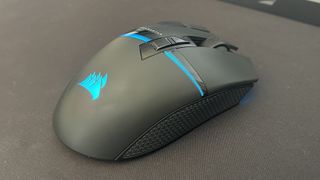
Not only that, but lift-off was vastly improved by the textured side grip located in amongst the unique six button array on the side. This extra control meant I was quickly and easily repositioning, without any of the accidental presses that would come from a full keypad style button layout.
While we're here, let's talk about those buttons. When I'm using a MMO mouse like the Naga V2 Pro or the SteelSeries Aerox 9 (the Darkstar's two closest competitors), I generally have a good idea of where all my clickers are. I can juggle inventory items with ease whichever device I happen to be using that day because the two mice share the same universally accepted button panel. Corsair's latest entry took a little re-learning. There are six buttons to play with on the left side, with two positioned to the front of the thumb, two above, and two just behind.
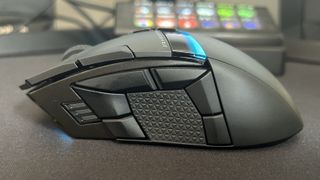
All of these buttons are relatively easy to hit (though reaching for the rear clickers did impact my aim no matter how long I had practiced), but they do take time to get to know. This is the first time we're seeing such a button design on an MMO-first pointer, and in general it works. Whether you'd prefer to scrap that textured mid-section for two extra inputs or you, like me, appreciate the ability to grip without worrying about accidental presses is a personal choice, but the trade off between controls and comfort feels solid here.
Features
Apart from those six programmable side buttons, the Corsair Darkstar also features two profile switches under the scroll wheel and two DPI shifters at the top of the left click. These aren't the biggest features of the Darkstar, though, I would argue that trophy has been left for the programmable gesture support. A few mice have been and gone with gyroscopes measuring tilt gestures built in, but this is the first time I've been able to rely on such a helpful feature. I went from cynically doubting whether I'd use it at all, to flicking every mouse I owned in the air and wondering why my reload wasn't working.
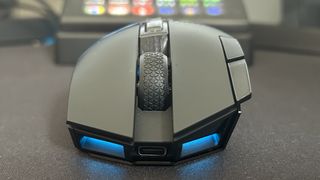
You can program left, right, forward, or backward tilts in the iCue software, assigning various macros and setting up in-game macros for each gesture. The process is remarkably simply (considering how unintuitive iCue can be, more on that later), with control over the angle of tilt required to register and on-screen diagrams displaying this angle as you set up. Not only that, but it works - incredibly well. Finessing the natural angle of an intentional tilt was key to making this feature work its hardest, but once I found that sweet spot I was flicking between browser tabs, reloading by quickly flipping up, and swapping shoulder aim around corners just by naturally moving my wrist. It's not something I'm going to be able to give up quickly, and a killer feature that makes the Darkstar Wireless worthy of attention by itself.
Of course, that extra tech is going to be redundant if Corsair's model can't do the basics. Thankfully, the custom Corsair Marksman sensor offers a super sensitive 26,000 DPI, and the ability to adjust this DPI in shifts of 1. That's incredibly precise, and will certainly excite purists more than everyday players (I never spent too much time tinkering with these minute increments in my testing). To support this sensor, you've also got a 2.4GHz wireless connection with a 2,000Hz polling rate for particularly low-latency play as well. Of course, the best wireless gaming mouse models these days don't tend to suffer from low latency issues.
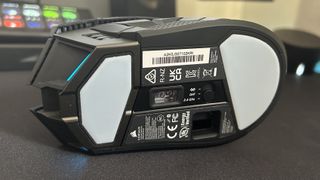
iCue is a best friend and worst enemy. This is where you'll assign all your programmable button functions, set up tilt controls, sort your RGB aesthetic, tweak DPI settings, and create distinct presets. Like much gaming software, it's all a bit of a slog. Much of the confusion, however, comes from the presence of 'settings' and 'hardware settings'. This is because you can save certain functions to the mouse's onboard memory (with space for five profiles) or save it to iCue (in which case your presets will only work with iCue running). Between juggling these different menu items, working out that only some features will work with onboard memory, and keeping all inputs neatly contained there's plenty of work to be done once you plug in for the first time.
The Corsair Darkstar Wireless does suffer when it comes to battery life. Corsair states that full RGB will see the mouse through 20 hours of charge and I managed around two days of full use between each cycle. That runs behind the Razer Naga V2 Pro and, in particular, the SteelSeries Aerox 9 which offers 180 hours.
Performance
All that slick design engineering and tech under the hood makes for a particularly impressive experience in-game. The lower weight and additional grips means this is a flickable device capable of speedy in-game reactions. No, you're not getting the pure speed focus of a device like the Razer Viper V2 Pro but the Darkstar has been built for its MMO audience. Being able to offer such precision and accuracy while still packing all these programmable inputs is a rare gift.
Between frantic Elder Scrolls Online inventory shifts and wildly swinging a flashlight around Alan Wake's nightmarish world, the Corsair Darkstar Wireless managed to hold its own across a range of genres. Even twitchier first person shooter scenarios for which I would normally employ the Viper V2 Pro didn't prove too much of a hassle. Of course, accuracy and speed weren't quite as pinpoint as they would have been with a skinner, faster pointer at the helm, but I was still holding my own across Halo Infinite sessions.
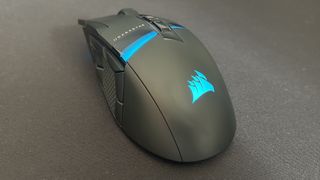
The two main mouse clicks are snappy and responsive, with those Omron switches returning their signature tactile clack. However, I did notice the scroll wheel was a little stiff to press, which hurt reaction times when using alternate weapons.
There's just one niggling concern I have, and it's more software based. Around two or three hours after using the Darkstar Wireless, I noticed my DPI would randomly drop to the lowest setting assigned to the device. I made sure this wasn't the result of accidental presses on those two shifter buttons on the left click, and continued to experience these strange dropouts at random intervals. Thankfully, this strange bug never reared its head during more frenetic gameplay moments, but the concern that it could was enough to add a small layer of unreliability. Should this problem prove pervasive, I'm sure it will soon be fixed with future firmware updates and I'll report back should that be the case.
Should you buy the Corsair Darkstar Wireless?
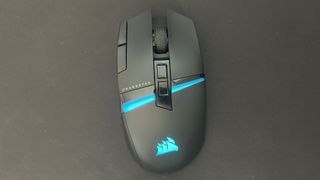
The Corsair Darkstar Wireless is a premium product, but it's well worth it if you're looking for something different. MMO and MOBA players are already starved of choice when it comes to purpose-built gaming mice, and we've finally got a new design to enter the fray. If you've struggled to find a balance between control and programmability, this is the mouse that's going to fix that. It's endlessly comfortable, highly customizable (those tilt gestures are particularly strong), and still manages to look good on your desk.
The Razer Naga V2 Pro is the closest competitor, and does have a massive edge in its removable side plates. That essentially means you can configure the mouse to be whatever you want, from a two-button side design for a slick FPS-first experience, all the way through to the full keypad. The boosted 30K DPI isn't going to make that much of a difference to the everyday player, but that extra battery life certainly will do. However, at 134g you are losing a little of that flickability factor and I did find that the larger hump in the Naga V2 Pro's dome didn't play quite as nicely with faster paced titles as the flatter Darkstar Wireless.
If you're looking to strip that weight all the way down and spent a little less while doing so, the $149.99 / £139.99 SteelSeries Aerox 9 might be the better option. You're dropping your DPI and IPS to 18K and 400, so you're not getting quite as sensitive a sensor, and the honeycomb design of the Aerox might not work in your favour. This is one for those prioritising a lighter weight over speed and, to an extent, comfort.
| Specs | Corsair Darkstar Wireless | Razer Naga V2 Pro | SteelSeries Aerox 9 |
|---|---|---|---|
| Price | $169.99 / £149.99 | $179.99 / £179.99 | $149.99 / £139.99 |
| Connection | 2.4GHz / Bluetooth / Wired | 2.4GHz / Bluetooth / Wired | 2.4GHz / Bluetooth / Wired |
| Shape | Right-handed | Right-handed | Right-handed |
| Programmable buttons | 15 | 10, 14 or 20 | 18 |
| DPI | 26,000 | 30,000 | 18,000 |
| IPS | 650 | 750 | 400 |
| Switches | Omron | Razer Optical | Golden Micro IP54 |
| Weight | 96g | 134g | 89g |
How we tested the Corsair Darkstar Wireless
I used the Corsair Darkstar Wireless for two weeks, fully testing the programmable inputs, sensor speed and surface tracking, tilt gesture controls, and overall comfort. In that time, I primarily tested across Elder Scrolls Online and Alan Wake Remastered, with some High on Life and Cities Skylines thrown in as well. For more information on how we test gaming mice, check out the full 12DOVE Hardware Policy.
If you're looking at one of the biggest gaming brands in the world, we'd recommend checking out the best Razer mice on the market right now. Or take a look at the best Logitech gaming mouse models available. We're also rounding up the best gaming mouse pads available as well.

Managing Editor of Hardware at 12DOVE, I originally landed in hardware at our sister site TechRadar before moving over to GamesRadar. In between, I've written for Tom’s Guide, Wireframe, The Indie Game Website and That Video Game Blog, covering everything from the PS5 launch to the Apple Pencil. Now, i'm focused on Nintendo Switch, gaming laptops (and the keyboards, headsets and mice that come with them), PS5, and trying to find the perfect projector.
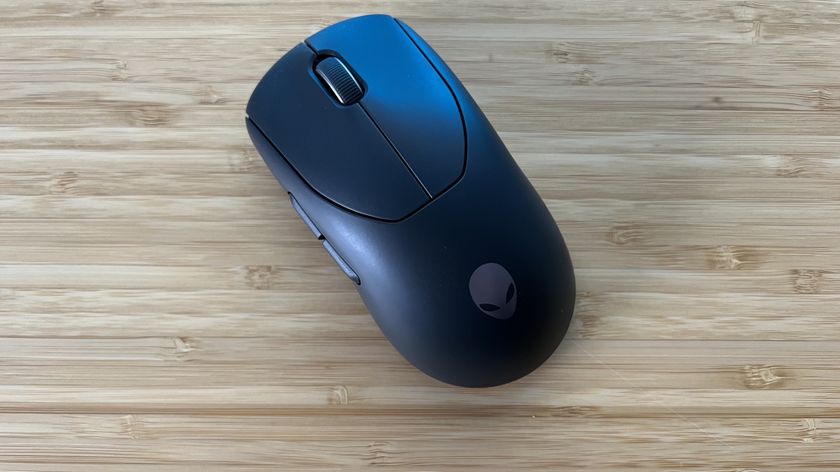
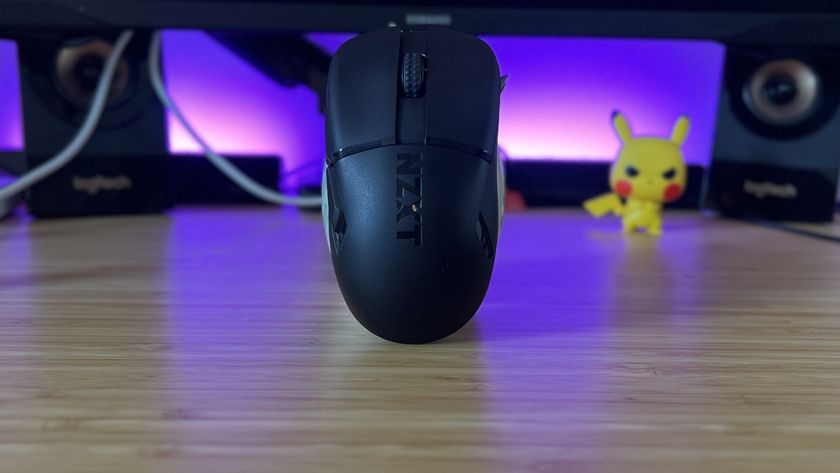
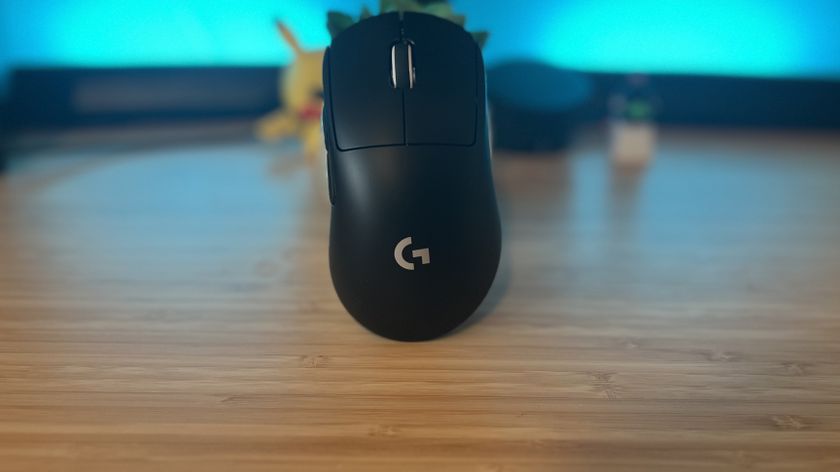
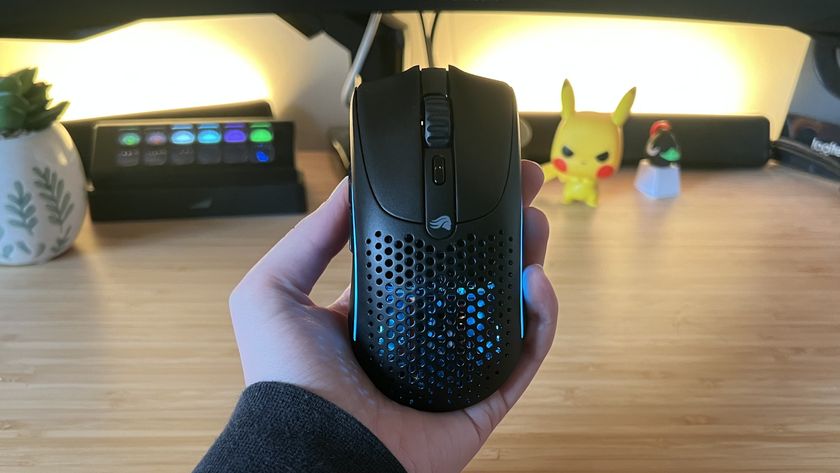
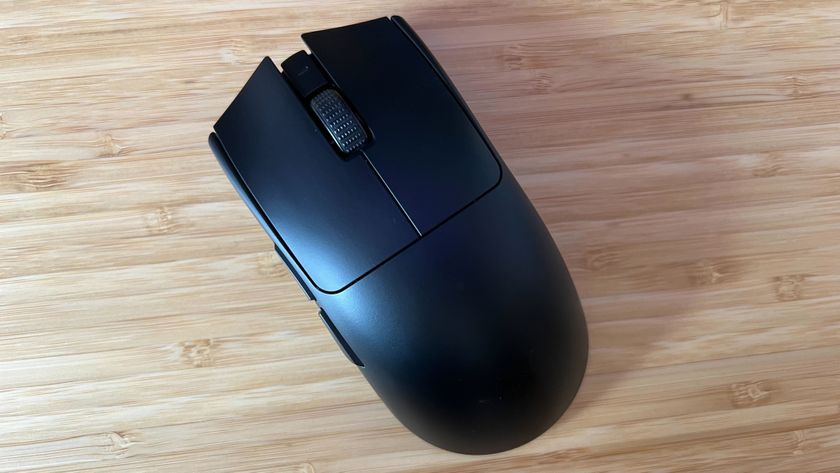
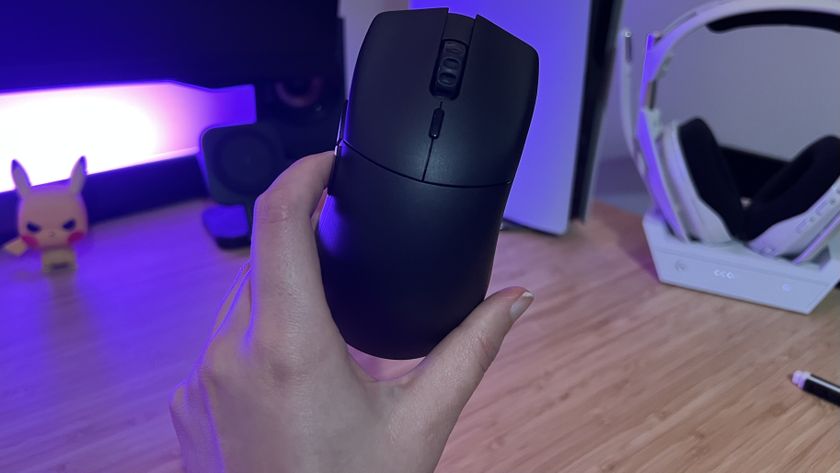


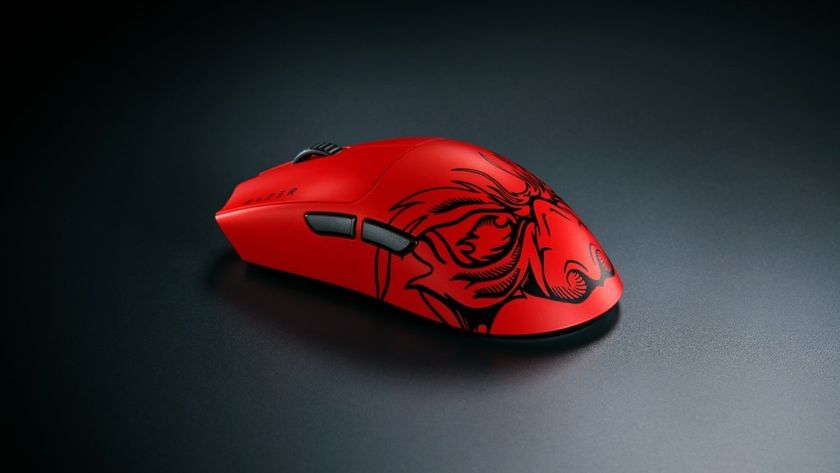
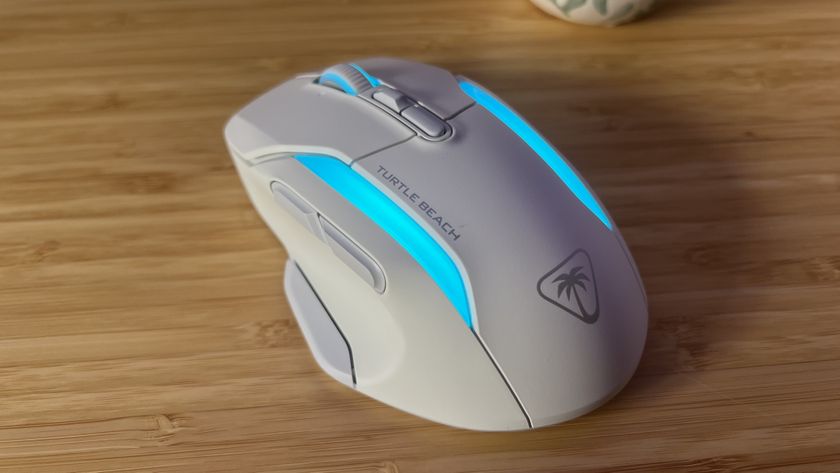





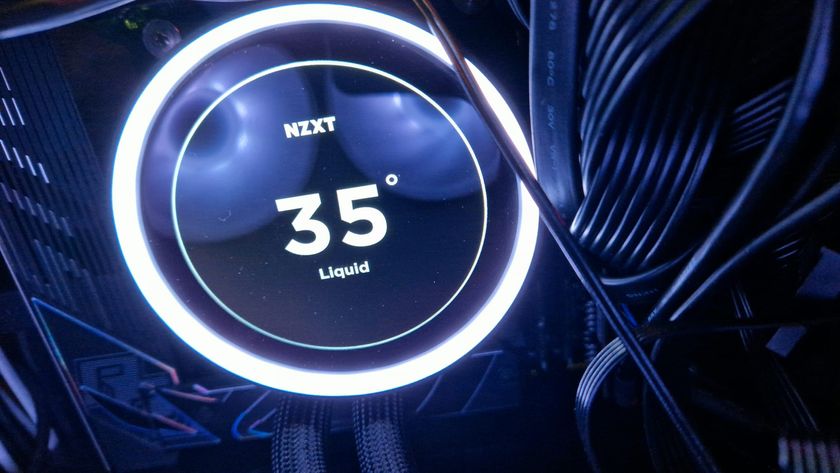
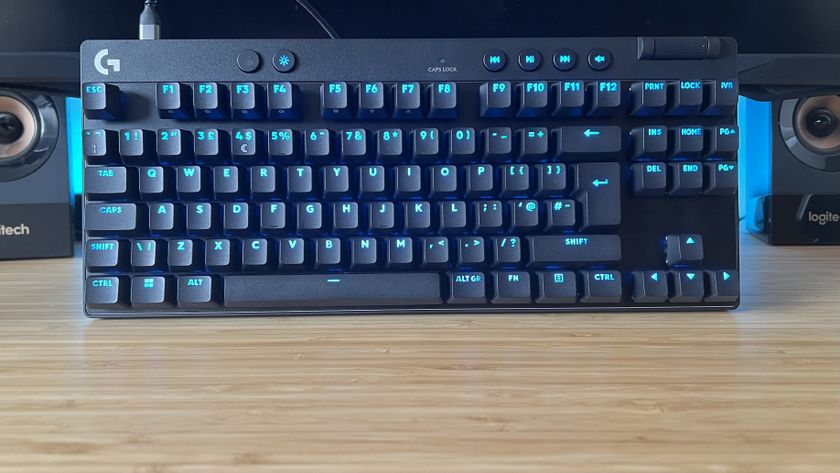


5 years after starting development, Neil Druckmann says Naughty Dog's new game Intergalactic: The Heretic Prophet is "still evolving and changing as we're making it"

After 2 years of silence, the next mainline Silent Hill game is getting a dedicated stream this week with "the latest news"

FC 25 FUT Birthday guide and full cards list
